Introduction
In the vast culinary landscape of China, traditional dishes often carry profound cultural and nutritional significance. Among these, Millet-Stewed Liaoning Sea Cucumber stands out as a luxurious yet nourishing delicacy that combines the earthiness of millet with the delicate texture and rich flavor of Liaoning sea cucumber. This dish is not merely a meal; it’s an experience that harmonizes simplicity with sophistication, paying homage to the ancient wisdom of Chinese gastronomy.
Liaoning sea cucumber, known for its tender flesh and minimal sand content, is a premium ingredient in Chinese cuisine. When paired with the nutritious and slightly sweet taste of millet, the result is a meal that nourishes the body and soul. Preparing Millet-Stewed Liaoning Sea Cucumber requires precision, patience, and an understanding of both ingredients’ unique properties. This guide aims to demystify the process, ensuring that even home cooks can recreate this exquisite dish with authenticity and flair.
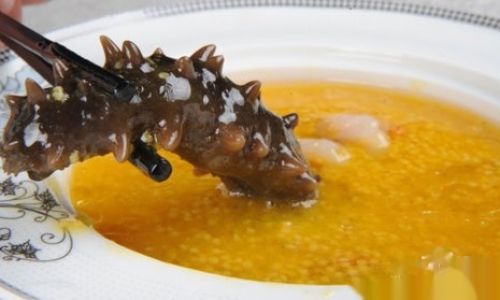
Understanding the Ingredients
Liaoning Sea Cucumber:
Native to the cold, clear waters of Liaoning Province in northeastern China, Liaoning sea cucumbers are renowned for their superior quality. They are characterized by their firm flesh, minimal internal sand, and a subtle, oceanic flavor. When selecting sea cucumbers for this dish, look for those that are firm to the touch, with a glossy exterior and no visible signs of damage or drying.
Millet:
Millet, also known as foxtail millet or hu shi zi in Chinese, is a gluten-free grain with a nutty aroma and slightly sweet taste. It is highly nutritious, rich in dietary fiber, B vitamins, and minerals. When cooked, millet becomes creamy and slightly sticky, providing a perfect base for the delicate sea cucumber.
Broth and Seasonings:
The broth forms the essence of this stew, often made from chicken or pork bones simmered for hours to extract all their flavors. Seasonings such as ginger, scallions, Shaoxing wine, and salt are crucial for balancing and enhancing the natural flavors of the ingredients.
Preparation Steps
Step 1: Preparing the Sea Cucumbers
-
Cleaning: Begin by rinsing the sea cucumbers under cold running water to remove any surface impurities. Use a soft brush or a kitchen towel to gently scrub away any remaining dirt or sand.
-
Soaking: Place the cleaned sea cucumbers in a large bowl filled with cold water. Allow them to soak for at least 12 hours, changing the water every 4-6 hours to remove any bitterness and to soften the flesh. This step is crucial for achieving the tender texture desired in the final dish.
-
Boiling and Cleaning Internals: Once soaked, boil the sea cucumbers in fresh water for about 10 minutes. This helps to further soften them and makes it easier to remove the internal sand sacs and intestines. Carefully slice open the sea cucumbers lengthwise, discard the internals, and rinse thoroughly under cold water.
Step 2: Cooking the Millet
-
Rinsing: Rinse the millet under cold water until the water runs clear, removing any dust or impurities.
-
Soaking (Optional): While soaking the millet is not strictly necessary, doing so for about 30 minutes can help it cook more evenly and quickly.
-
Cooking: In a heavy-bottomed pot, combine the rinsed (or soaked) millet with enough water to cover by about an inch. Bring to a boil over medium-high heat, then reduce to a simmer. Cover and cook for about 20-25 minutes, or until the millet is tender and has absorbed most of the liquid, stirring occasionally to prevent sticking.
Step 3: Preparing the Broth
-
Making the Stock: In a large stockpot, combine chicken or pork bones with sliced ginger, chopped scallions, and enough water to cover the bones by at least 2 inches. Bring to a boil, then skim off any foam or impurities that rise to the surface. Reduce to a simmer and cook for at least 4 hours, preferably longer, to extract maximum flavor.

-
Seasoning the Broth: Once the stock is ready, strain it through a fine-mesh sieve to remove the bones and solids. Return the broth to the pot and add Shaoxing wine, salt, and a pinch of white pepper to taste. Adjust the seasoning according to preference.
Step 4: Stewing the Sea Cucumbers
-
Combining Ingredients: Add the cleaned and prepared sea cucumbers to the seasoned broth. Ensure they are fully submerged. Bring the broth back to a gentle simmer.
-
Simmering: Cook the sea cucumbers in the broth for about 1-1.5 hours, or until they are tender but still hold their shape. During this time, the sea cucumbers will absorb the flavors of the broth, becoming more flavorful and tender.
Step 5: Integrating the Millet
-
Combining: Once the sea cucumbers are tender, gently fold in the cooked millet. Be careful not to break the sea cucumbers during this process.
-
Final Simmer: Allow the mixture to simmer together for an additional 10-15 minutes, allowing the flavors to meld and the millet to absorb some of the broth’s richness.
Serving and Garnishing
-
Presentation: Serve the Millet-Stewed Liaoning Sea Cucumber in bowls, ensuring each serving contains both the tender sea cucumbers and the creamy millet.
-
Garnishing: Garnish with chopped scallions, a sprinkle of sesame seeds, and a drizzle of light soy sauce or sesame oil for added flavor and presentation.
Conclusion
Mastering the art of making Millet-Stewed Liaoning Sea Cucumber is a journey that combines culinary skill, patience, and a deep appreciation for the ingredients involved. This dish embodies the essence of Chinese gastronomy, where simplicity meets sophistication, and where the flavors of nature are celebrated. By following the steps outlined in this guide, you can recreate this luxurious delicacy in your own kitchen, delighting your family and friends with a meal that is both nourishing and memorable.
Remember, the key to success lies in the quality of the ingredients, the attention to detail during preparation, and the patience required to simmer the dish to perfection. With each spoonful, you’ll taste the rich history and cultural heritage that makes this dish so special. Enjoy your culinary adventure and savor every bite of this exquisite meal.
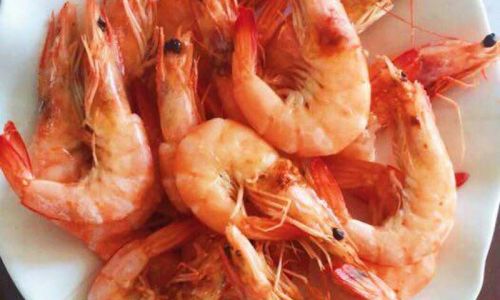
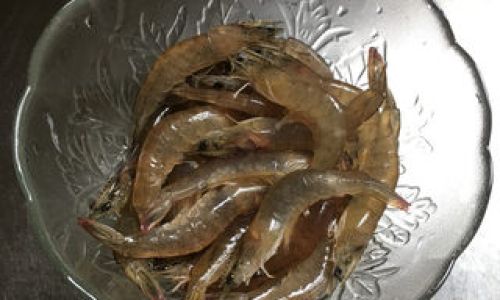
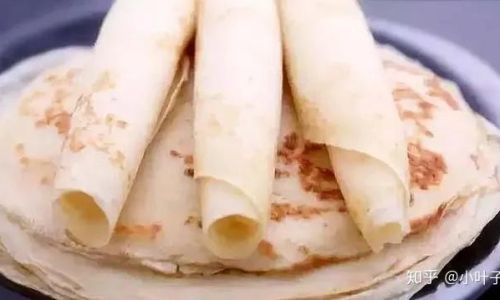

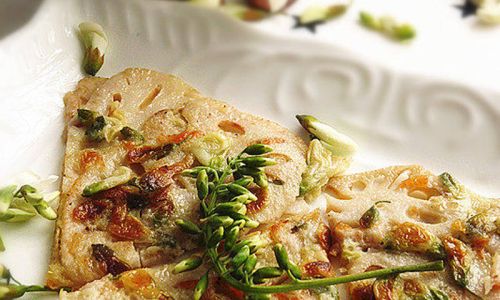
0 comments